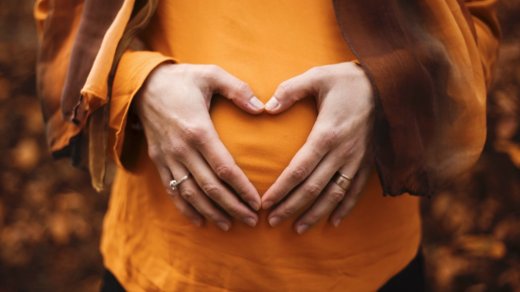Within the realm of fertility, the ROPA method (Reception of Oocytes from Partner) method has gained significant popularity among couples desiring to begin their family. This method provides a distinctive opportunity for both women to actively engage in the conception and gestation of their baby.
Babynova’s fertility clinic in Bogotá embraces a broad and inclusive notion of family gestation, providing alternatives that align with modern family dynamics and the pursuit of shared and desired motherhood. The clinic’s team of specialists offers comprehensive support, guidance, and advanced treatments to help establish and strengthen the diverse families of today’s world.
Keep reading to uncover the details of the ROPA method and learn how it can turn the aspiration of experiencing motherhood together into an achievable goal.
The ROPA method: an alternative conception
The ROPA method, which stands for Reception of Oocytes from the Partner, is an assisted reproductive technique designed to enable a female couple to jointly experience biological motherhood. This method involves utilizing the eggs of one woman, referred to as the genetic mother, and fertilizing them with donor sperm.
After the in vitro fertilization (IVF) procedure and the formation of embryos, the next step involves transferring one or more of these embryos to the uterus of the other woman, referred to as the gestational mother, who will carry out the process of gestation.
Advantages of the ROPA Method
One of the main advantages of Babynova’s ROPA Method is that both mothers can have an active participation in the process of conception and gestation. In this way, the genetic mother contributes her eggs, which allows her to have a biological bond with the newborn, while the gestational mother has the experience of carrying the baby in her womb and giving birth.
The ROPA Method fosters a distinctive bond between both women and the baby, intensifying their familial connection and setting it apart from other gestational methods. This approach engenders a profound emotional bond that is notably stronger, reinforcing the unique and special nature of their family relationship.
At Babynova Clinic, a meticulous plan has been devised to execute this procedure, guaranteeing the active engagement of both mothers and maximizing medical success. The scheme is thoughtfully structured to deliver a seamless experience and attain the highest possible rate of effectiveness.
Ovarian Stimulation
The ROPA method commences with the genetic mother undergoing ovarian stimulation, involving the administration of hormonal medications to stimulate the production of several eggs.
To achieve this, starting from the second or third day of the menstrual cycle, subcutaneous injections of hormones are administered to stimulate the simultaneous development of multiple follicles, resulting in the production of a greater number of eggs.
Egg collection
The eggs will be retrieved through a procedure known as follicular puncture, which is performed under sedation or general anesthesia. Once the suitability of the collected eggs is confirmed, they will be combined with the sperm from a donor chosen by the mothers to create embryos. The development of these embryos will then be carefully monitored in the subsequent days.
Embryo culture
Once the eggs have been collected, they undergo in vitro fertilization within a carefully controlled laboratory setting. After a few days of cultivation, the resulting embryos are examined to determine their viability. The most promising embryos are subsequently transferred to the uterus of the gestational mother through a procedure akin to the embryo transfer method used in traditional IVF.
Embryo transfer
The embryo transfer is a simple and painless procedure that involves using a cannula to delicately introduce the embryos into the uterus. An abdominal ultrasound is performed concurrently to verify the accurate placement of the embryo. There is no need for anesthesia or special care. Nevertheless, the medical team maintains regular follow-ups in the subsequent days to ensure the smooth progress of the procedure.
One of the notable advantages of this procedure is its significantly higher probability of achieving a successful pregnancy compared to other methods, rendering it one of the safest and most effective options for mothers.
Your partner in shared motherhood
The ROPA method presents an exhilarating and fulfilling opportunity for couples consisting of two women who desire to jointly experience the wonders of biological motherhood.
The ROPA method facilitates the active involvement of both women in the processes of conception and gestation, resulting in a deeper emotional connection with the baby and the formation of a more resilient family bond.
If you are considering this method as an option to form your family, you can consult Babynova’s fertility clinic in Bogotá and explore their website to find out more about their procedures, where you will also find very useful information and personalized guidance on this exciting path to new motherhood.



